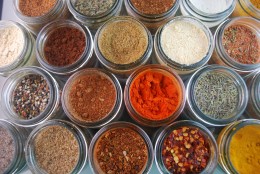
 High Pressure Processing offers numerous advantages for a wide range of value added products, but surely it has limits to its application and feasibility as well.
High Pressure Processing offers numerous advantages for a wide range of value added products, but surely it has limits to its application and feasibility as well.
Today we will focus on the technical side of the question, rather than putting the light on those products in which the main barrier to feasibility of HPP is an economical one (we know that in general, HPP is proving to be a great tool for high value added products: natural, minimally processed, with no artificial ingredients, etc.).
Spices, powders, extracts
 Any dry product such as powdered food matrices, extracts, dry spices etc. are NOT a good target for HPP technology. Isostatic pressure needs water inside of the food product for its homogeneous, uniform, efficient transmission and consequently to cause an inactivation of the microorganisms present in the product.
Any dry product such as powdered food matrices, extracts, dry spices etc. are NOT a good target for HPP technology. Isostatic pressure needs water inside of the food product for its homogeneous, uniform, efficient transmission and consequently to cause an inactivation of the microorganisms present in the product.
Powders and spices have: a) too low water/humidity content, and b) too low Aw values. HPP will create a more compact matrix, but the pressure will not be transmitted throughout the product and will not tackle the microbes.
Dried nuts or fruits, Cereals etc.
Similar to the abovementioned case. Such products have low water content and low values of water activity. HPP is not effective in extending the shelf life or generally improving the safety of such products.
Whole fruits
 HPP makes all the sense if you clean a fruit; slice it, chop it or dice it; mix it perhaps with other ingredients; pack it in adequate flexible, sealed formats… and then high pressure process it for shelf life and safety while maintaining its attributes. See HPP Applications for processed fruit.
HPP makes all the sense if you clean a fruit; slice it, chop it or dice it; mix it perhaps with other ingredients; pack it in adequate flexible, sealed formats… and then high pressure process it for shelf life and safety while maintaining its attributes. See HPP Applications for processed fruit.
BUT it does not really make sense for whole, raw fresh fruit. Fresh pieces of produce do not constitute such a high value product, and more importantly, the isostatic pressure causes certain changes in the texture and in the cell walls. Raw, fresh fruit submitted to high pressure will certainly have a great quality from the microbial point of view; but with the noticeable changes in the fruit matrix and the evacuation of all the air that was trapped in the fruit flesh, it is not a marketable proposition, in general.
Vegetable leaves and leafy salads
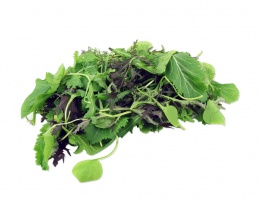 Similarly, HPP does not pose a good solution for leafy vegetables. Isostatic pressure provokes certain changes in the structure of the vegetable cell walls. After HPP, leaves of i.e. spinach, rocket, lettuce etc. appear more mushy, more flaccid and more exudative.
Similarly, HPP does not pose a good solution for leafy vegetables. Isostatic pressure provokes certain changes in the structure of the vegetable cell walls. After HPP, leaves of i.e. spinach, rocket, lettuce etc. appear more mushy, more flaccid and more exudative.
High Pressure Processing is, on the other hand, a fantastic value proposition for wet salads and vegetable based sandwich fillings.
Bread & pastries
The comments below apply to any product with a lot of trapped air, fluffy or with a mousse-like structure:
Basically if you put a fan of bread, or a croissant, through an HPP system, you will obtain a flat, collapsed piece of pastry. Why? Breads and pastries have a huge amount of “empty spaces” in their matrix, a lot of trapped air. Under isostatic compression in high pressure conditions, all that air is compressed until it occupies no space. When we decompress and unload the product from the machine, we can realize that such product could not possibly have enough “plasticity” or “compressibility” as to go back to its previous volume and shape. All that air that was originally inside of the product, is now outside of it, occupying the volume around it, inside of the package.
There are some interesting fields of applications, however. APA Processing in Barcelona, to name an example, is processing RTE pizza for a customer here in Spain, with optimum results in terms of shelf life and organoleptic attributes.
Raw fresh meat
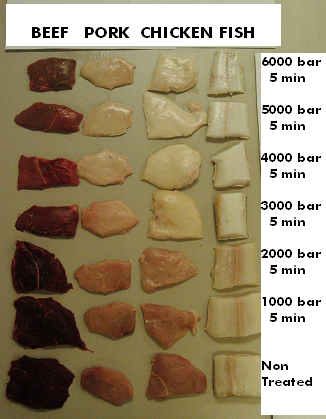 This topic is of considerable importance and though high isostatic pressure induces changes in the texture and color of raw meat, there are important potential and current applications in this space. We will focus on this question in a next entry of our blog. To open mouth, a few examples of current commercial applications with raw, never cooked meat:
This topic is of considerable importance and though high isostatic pressure induces changes in the texture and color of raw meat, there are important potential and current applications in this space. We will focus on this question in a next entry of our blog. To open mouth, a few examples of current commercial applications with raw, never cooked meat:
- Cargill Fressure ground beef
- Zwanenberg Filet Americain and Leverwurst
- Research on Innovative HPP meats and Marinated Meats



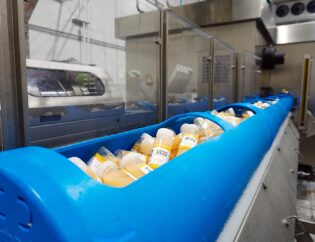
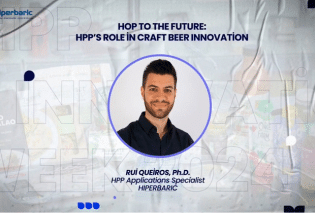
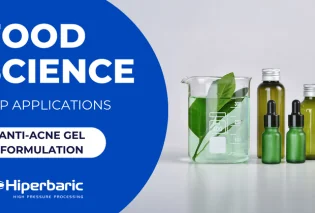
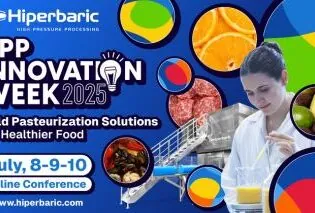



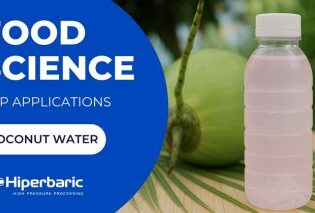

I drop a leave a response whenever I like a article on a website or I have something
to valuable to contribute to the discussion. Usually it’s a result of the sincerness communicated in the
article I looked at. And on this post Limitations of high pressure technology:
products that generally DON
Thank you for your comment.
I’m finding limited and mixed information on applying it to whole fruits. Are there certain fruits and under certain techniques where this is successful? And what problems are faced?
Dear Dan,
Thank you for your interest
Indeed the application on whole fruits is extremely limited. So far the closest application have been avocado halves without bone and under skinpack and mango and avocado dices or fruits salads
For more information, do not hesitate to explore our website or to reach out to us through our Contact section!
Do you need to keep the juice in cold after hpp processing? What is the best storage temperature and how long would it stay well in +20C?
Does HPP completely eliminate concerns over enzymatic browning, or other browning effects eliminated by blanching.
Are the labels reversed on the diagram showing the pressurized meat color/tecture changes? The first row looks non treated and each row after is an example for meat that was treated under increasing pressure thus the darker appearance. I’m trying to reconcile conflicting info I’ve read elsewhere that HPP darkens the meat.